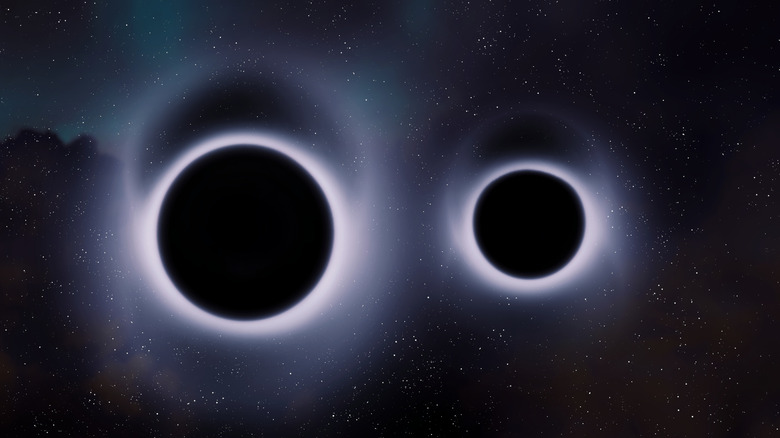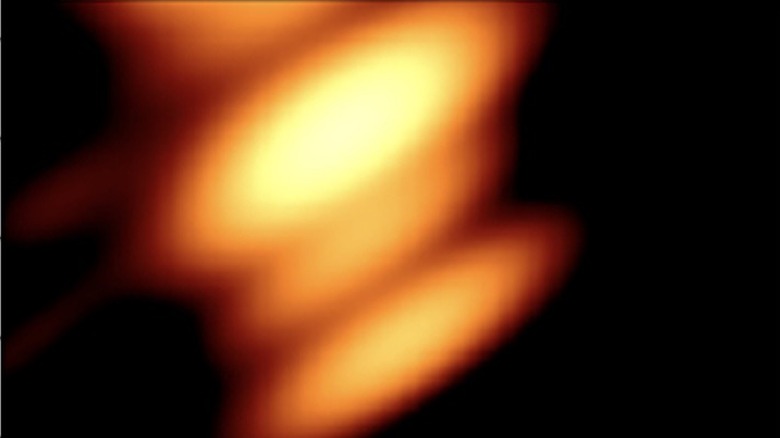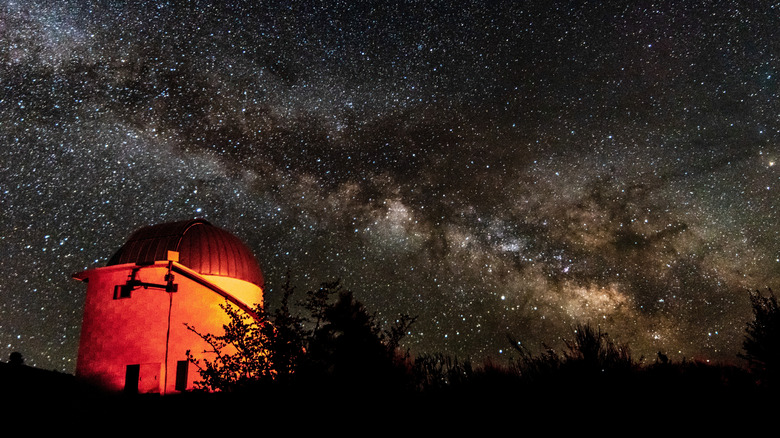Two Orbiting Black Holes Caught On Camera For The First Time In History
For decades, scientists have suspected that some quasars, which are regarded as some of the brightest objects in the universe, might actually conceal not one but two black holes locked in a gravitational tango. Now, for the first time in human history, astronomers believe they have captured direct radio images of it. Using an array of telescopes on Earth and in orbit, researchers identified a pair of supermassive black holes orbiting each other inside the quasar OJ287, situated a casual 5 billion light-years away in the constellation Cancer.
The two cosmic giants are bound together in a 12-year orbital cycle, and while black holes remain invisible to the naked eye, their presence can be detected by the jets of high-speed particles they slingshot into space. One of those jets belongs to the smaller black hole, while the other comes from an 18-billion-solar-mass monster at the system's center, making it just over half the size of one of the biggest black holes ever detected. The discovery was published in The Astrophysical Journal on October 9, confirming that black hole pairs do exist; a notion that was long speculated by gravitational theories and indirect evidence.
The remarkable discovery was made possible by combining data from radio telescopes here on the blue planet with satellites in space. The satellite in question is the Russian RadioAstron (Spektr-R), whose orbit extends halfway to the Moon. The result? An image nearly 100,000 times more clear than standard optical telescope views, and the answer to a long-asked question.
A century-old question answered?
The quasar OJ287 has been at the center of intrigue for astronomers for over a century, well before black holes were being studied extensively. Astronomers first photographed the quasar as early as the 19th century, though they didn't even realize it at the time. But it wasn't until 1982 that Finnish astronomer Aimo Sillanpää noticed something strange: the quasar's brightness fluctuated with uncanny regularity every 12 years. That intriguing pattern alluded to the possibility of two black holes orbiting each other, with the outburst of brightness being a byproduct every time one passed through the accretion disk of the other.
For decades, researchers were unable to prove the theory, as they didn't have the technology to do so. While instruments like NASA's TESS satellite were able to confirm the fluctuating light patterns, telescopes never had the precision to actually separate the pair. That changed when researchers from the University of Turku in Finland, led by Mauri Valtonen, applied advanced radio interferometry techniques to OJ287. Remarkably, the resulting image matched previously calculated models exactly. Thus, they were able to pinpoint both black holes where the equations said they should be.
In a statement released by the University of Turku, Valtonen explained that the black holes themselves are still completely black and undetectable, but the glowing gas and particle jets swirling around them are what give them away. Now, scientists are able to observe this kind of cosmic event in real time.
A discovery still under review
If all is as it seems, the image finally confirms the decades-old theory that black holes can indeed live in pairs. For years, gravitational wave detections gave subtle hints that black hole pairs must exist, given that merging ones send ripples across the universe that can be measured.
As promising as the evidence is, researchers at Turku aren't jumping to conclusions until they have the visual proof to back it up. Another high-resolution image is needed to truly confirm there are two black holes there, and that it's not just two overlapping jets from the same one. A gentle reminder of how taxing the search for hidden supermassive black holes can be.
Even with the need for further confirmation, the discovery is an exciting step in the right direction. If the researchers can replicate their findings, OJ287 could become the first proven example of two black holes orbiting each other. The discovery could serve as the very foundation for understanding how supermassive black holes form and evolve across the cosmos.


